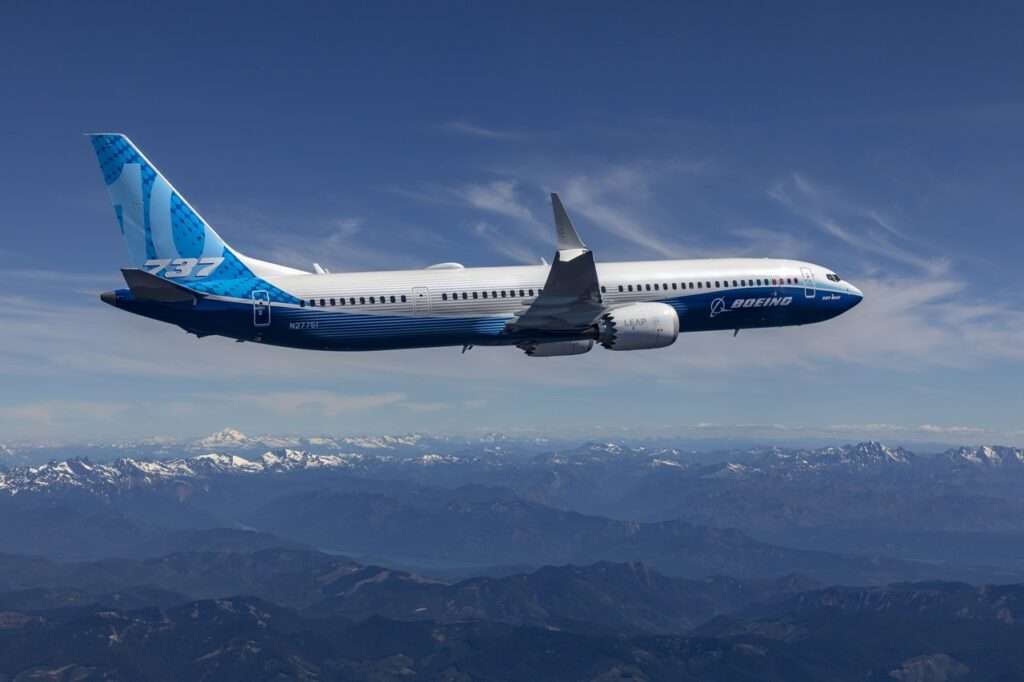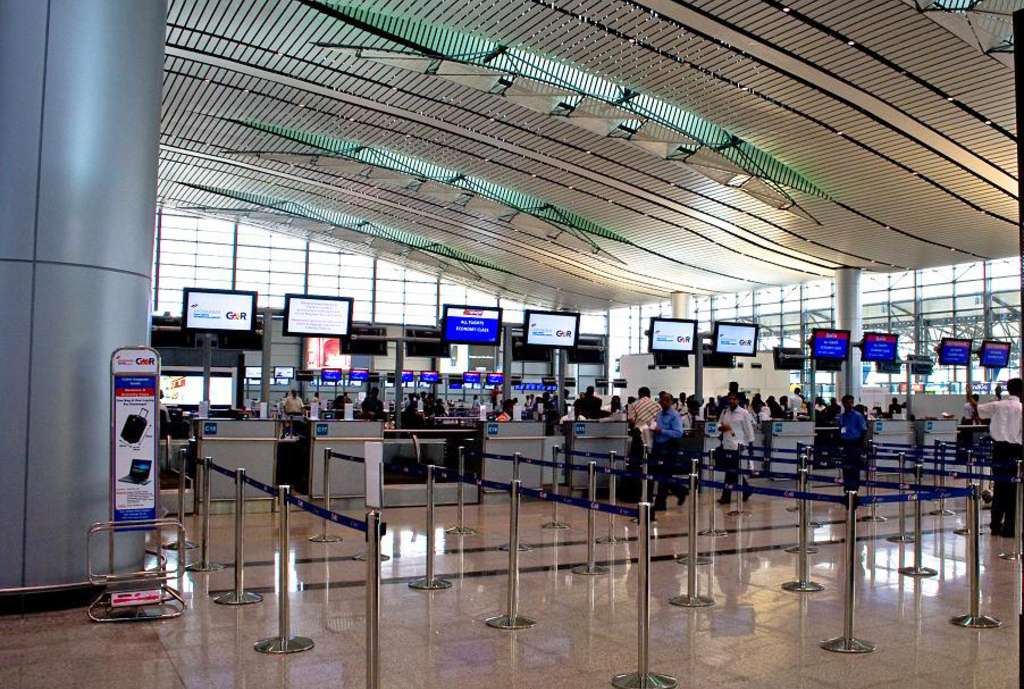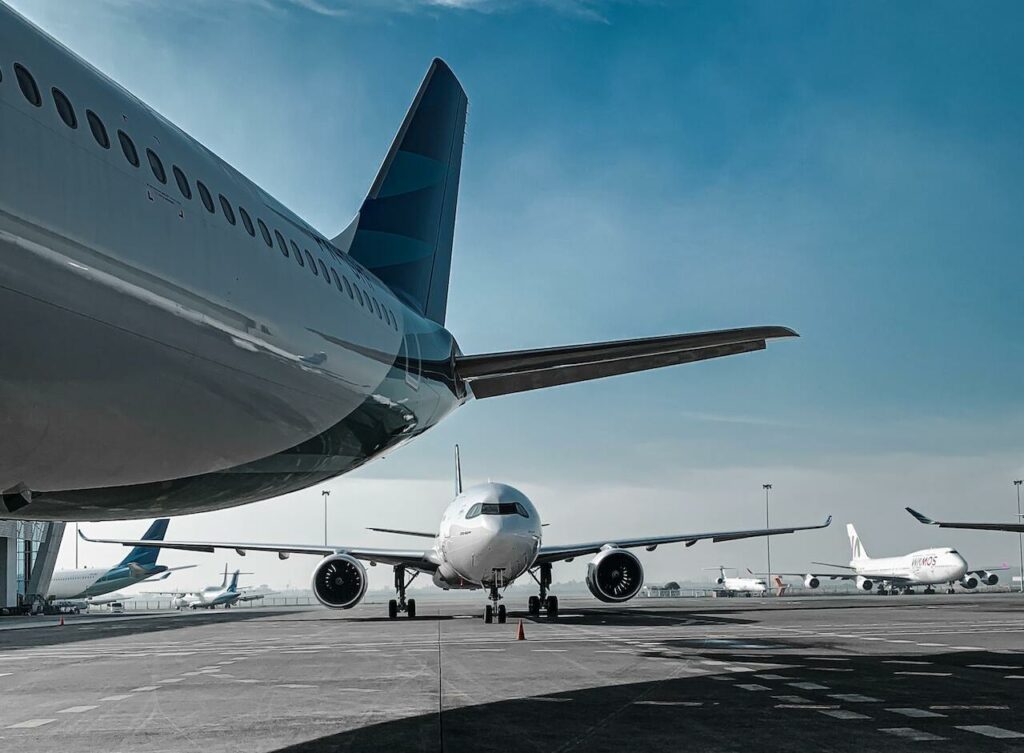As COVID-19 spread worldwide in 2020, international air travel came to an almost complete standstill, and the aviation industry described it as ‘the worst year in history for air travel demand’.
The following year and 2021 wasn’t any better, as lockdowns worldwide, often with different restrictions in different countries, made any kind of travel well-nigh impossible.
At the beginning of 2022, as constraints in the UK began to ease, Artemis’ article aviation in the post-pandemic era speculated on how the industry would begin to pick itself up and become competitive again.
As memories of life under lockdown begin to fade, we review how aviation is recovering in the latest article by Artemis Aerospace.
Outlook for 2023
IATA has predicted that by the end of 2023, most regions will either be at, or exceeding, demand levels prior to the pandemic, and that the aviation industry will return to profitability.
As an example, Boeing delivered a total of 480 commercial aircraft throughout 2022, a 40% increase from 2021, making it the busiest year since 2018.
Both demand and capacity are increasing considerably, particularly for flights for leisure purposes, although a shortage of skilled personnel, rising inflation, global supply chain issues and general industrial unrest continue to cause problems.
[monsterinsights_popular_posts_inline]
Last year, Boeing claimed that over 600,000 new pilots would be needed between now and 2041 to keep up with requirements.

Automation
In our earlier blog, we mentioned the increase in contactless check in and immigration, and these innovations continue to develop.
Digital advancement is expected to take off in the next few years with artificial intelligence and data analytics contributing towards more effective supply chain logistics, production and maintenance.
Original equipment manufacturers (OEMs) are increasingly using smart factory technologies, such as robotics and the IoT (Internet of Things) to precipitate aircraft production. Machines can run mostly autonomously and will correct themselves and learn from errors.
The fine tuning of the digital thread should also have a significant effect on both aircraft and component manufacture.
This is a process by which information from the supply chain, smart factory, connected systems and customer feedback is automatically woven into the whole manufacturing procedure, so performance can be continually improved and streamlined.

Sustainability
Progress is being made in the use of both electric and hydrogen propulsion for engines, particularly for smaller aircraft.
A nine-seater electric aircraft is under development by Rolls Royce and already has a customer in Wideroe, the largest regional airline operating in Scandinavia.
In addition, Rolls Royce (in a partnership with easyJet) announced at the end of last year the successful test conclusion of a converted AE 2100-A regional aircraft engine running on hydrogen.
In our earlier article, we flagged up Harbour Air’s six-seater DHC-2 de Havilland Beaver, which had achieved a thirty-minute flight in 2019.
Since then, Harbour Air has partnered with a new battery supplier to provide a lighter and longer-lasting power source and is hoping to gain certification to start transporting passengers on electric seaplanes in the next two years.

Sustainable aviation fuels (SAF) fall into two main categories – biofuels, which come from a range of biological sources, and synthetic electrofuels which are based on carbon dioxide and hydrogen.
Both of these are still largely in the R&D stages as aviation industries commit to meeting a target of net-zero carbon dioxide emissions by 2050. In the last year, however, several SAF-powered test flights have been undertaken, so progress, although slow, is being made.
As a company in the forefront of aircraft component supply, Artemis contributes towards the sustainability of the industry with the regular and innovative re-use and repair of aircraft parts, and by ensuring that materials meet with quality approval standards.
Innovation
With the rise of electric and hydrogen aircraft designs, the exciting developments in the electric vertical take-off and landing (eVTOL) aircraft, and the astonishing advances in drone technology over the last few years, it’s safe to say the pandemic hasn’t hindered aviation innovation.
In spite of continuing challenges, the aviation industry has managed to ride out the Covid storm and, with careful management, is well-placed to move smoothly into a groundbreaking post-pandemic future.
As a support industry, we’re finding that the business of providing vital component solutions to keep aircraft in the sky is definitely booming.

Click the banner to subscribe to our weekly newsleter.









